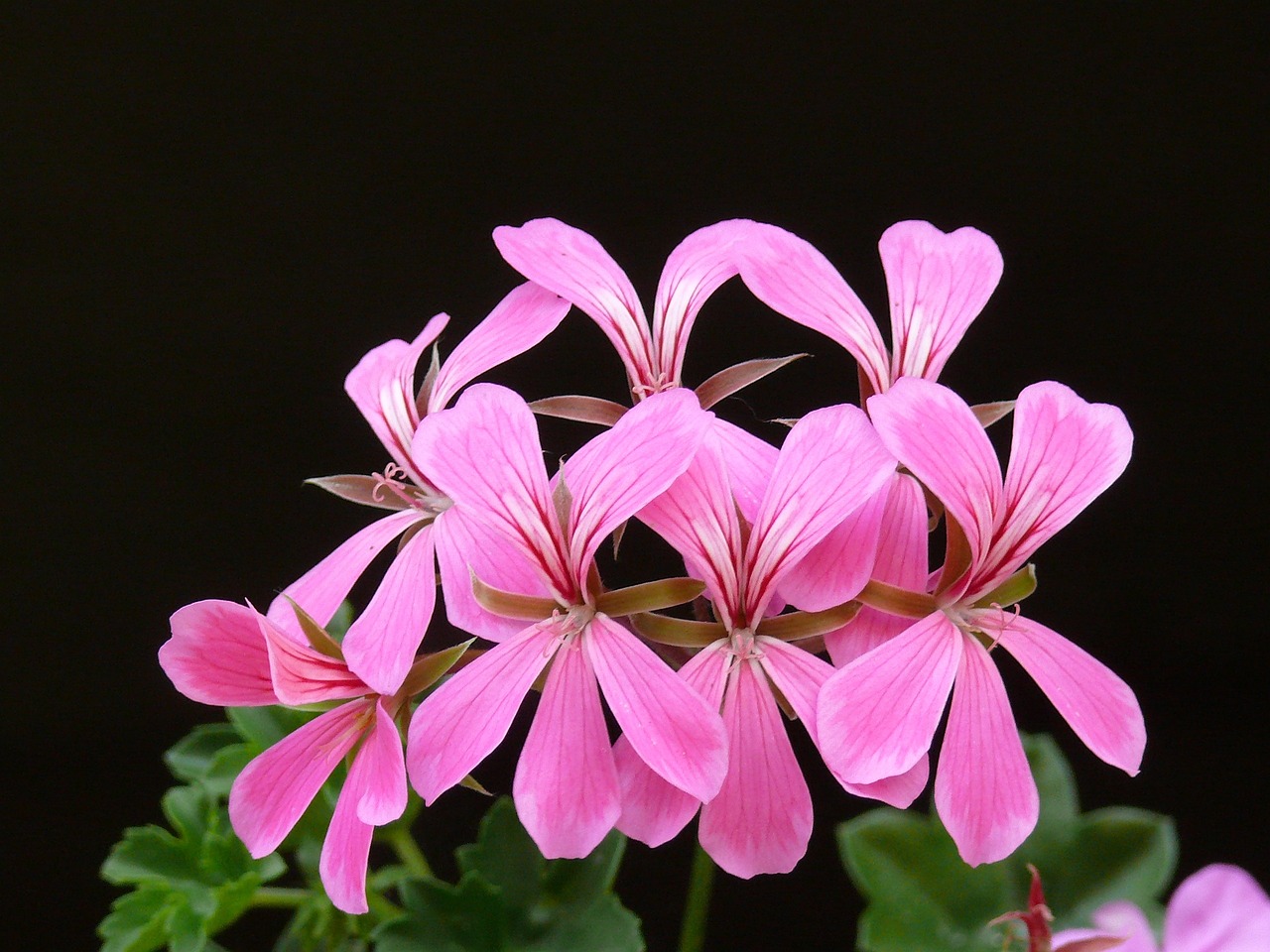
Pelargonium and Planting: A Colorful Guide to Gardening Delight
Gardening enthusiasts, rejoice! Pelargoniums, commonly known as geraniums, offer a burst of color and joy to any garden. In this comprehensive guide, we’ll delve into the art of planting Pelargoniums, exploring the intricacies of their varieties, soil preparation, and maintenance. Get ready to transform your garden into a vibrant haven of Pelargonium blooms.
I. Introduction
Imagine a garden where every glance is met with a riot of colors, courtesy of Pelargoniums. These versatile plants not only captivate with their vibrant hues but also add an element of sophistication to your green space. In this guide, we’ll unravel the secrets to successful Pelargonium planting, ensuring your garden becomes a visual feast.
II. Understanding Pelargoniums
Pelargoniums come in various types, each with its unique charm. From the familiar zonal geraniums, boasting distinct leaf markings, to the regal pelargoniums adorned with striking flower patterns, understanding these variations is essential. Each type brings its own personality to your garden, creating a diverse and visually appealing landscape.
III. Choosing the Right Variety
Selecting the right Pelargonium varieties is akin to curating a living art exhibition. Consider your local climate, soil conditions, and the amount of sunlight your garden receives. Tailoring your choices to these factors ensures not just survival but a flourishing display of Pelargonium beauty.
IV. Preparing the Soil
To set the stage for Pelargonium glory, prepare the soil thoughtfully. These plants thrive in well-draining soil rich in nutrients. A blend of organic matter and a touch of perlite can create an ideal environment for Pelargoniums to establish their roots and flourish.
V. Planting Pelargoniums
Planting Pelargoniums is a delightful process. Begin by digging a hole slightly larger than the root ball, ensuring proper spacing between plants. The depth is crucial—plant at the same level they were in their nursery containers. Gently pat the soil around the base, and your Pelargoniums are ready to embark on their growth journey.
VI. Watering Techniques
Watering is an art, especially when it comes to Pelargoniums. These plants prefer slightly dry conditions, so allow the top inch of soil to dry before watering. Overwatering can lead to root rot, while underwatering can result in stressed and lackluster plants. Strike the right balance for healthy, happy Pelargoniums.
VII. Sunlight and Location
Understanding the sunlight needs of Pelargoniums is crucial for their overall health and vibrancy. Most varieties thrive in full sunlight, but some appreciate a bit of afternoon shade, especially in hotter climates. Choose the right location to ensure your plants receive the optimal amount of sunlight for robust growth.
VIII. Fertilizing Pelargoniums
Pelargoniums, like any other plants, benefit from proper nutrition. Feed them with a balanced fertilizer during the growing season, typically in spring and summer. Slow-release granules or liquid fertilizer applied every few weeks can keep your Pelargoniums nourished and blooming.
IX. Pruning and Deadheading
Regular pruning is the secret to bushy, robust Pelargoniums. Pinch back the tips to encourage branching, and remove spent flowers to promote continuous blooming. These simple practices not only enhance the plant’s appearance but also contribute to its overall health.
X. Dealing with Pests and Diseases
No garden is immune to pests and diseases, and Pelargoniums are no exception. Keep a vigilant eye for common issues like aphids or powdery mildew. While natural methods like neem oil can help, chemical solutions are available for severe infestations. Prevention is key to maintaining healthy Pelargoniums.
XI. Pelargoniums in Containers
For those with limited garden space, Pelargoniums happily thrive in containers. The key is to choose a well-draining potting mix and ensure adequate drainage holes. Container gardening opens up new possibilities, allowing you to move your Pelargoniums to the perfect spot for sunlight or aesthetics.
XII. Seasonal Care
Pelargoniums, being adaptable plants, require different care throughout the seasons. From the exuberance of summer blooms to the dormancy of winter, adjust your care routine accordingly. Mulching around the base in colder months can protect the roots, ensuring your Pelargoniums return with vigor in the next growing season.
XIII. Enjoying the Blooms
The ultimate reward for your Pelargonium care efforts is the sheer beauty of their blooms. Whether you chose zonal geraniums with their bold colors or ivy geraniums with cascading flowers, the visual impact is guaranteed to captivate. Experiment with different varieties and colors to create a symphony of Pelargonium blooms in your garden.
XIV. Conclusion
In wrapping up our colorful journey through Pelargonium planting, we’ve discovered the magic of these versatile plants. From the intricacies of soil preparation to the joy of pruning and deadheading, each step contributes to a garden that not only flourishes but also delights the senses. Embrace the diversity of Pelargoniums, follow the provided tips, and watch your garden transform into a masterpiece of nature’s artistry.
XV. FAQs
- How often should I water my Pelargoniums? Water Pelargoniums when the top inch of soil feels dry, typically every 7-10 days.
- Can I plant different varieties of Pelargoniums together? Yes, but ensure they have similar sunlight and water requirements for harmonious growth.
- What is the best time to prune Pelargoniums? Prune Pelargoniums in early spring to encourage bushier growth and more blooms.
- Are Pelargoniums prone to specific diseases? They can be susceptible to mildew and bacterial diseases; regular monitoring and proper care help prevent issues.
- Can Pelargoniums survive the winter outdoors? In mild climates, Pelargoniums can survive outdoors, but in colder regions, it’s advisable to bring them indoors during winter.